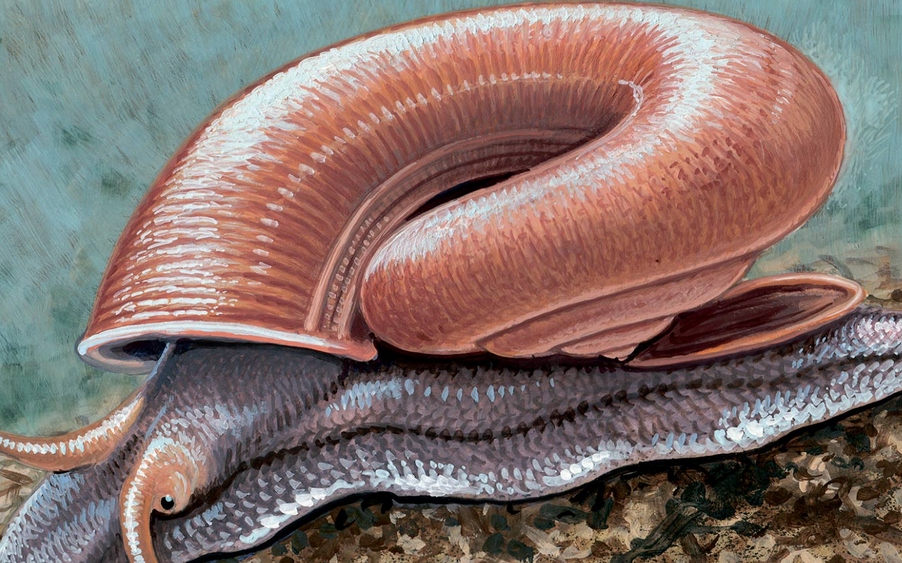Newly Discovered 70-Million-Year-Old Snail Survived Mass Extinction
Scientists have discovered an extinct land snail species in Romania that remarkably survived a major extinction event that killed off 75% of species on Earth, according to a new study.
Introducing Ferussina Petofiana
The newly-dubbed species, Ferussina petofiana, belongs to a rare genus called Ferussina. It lived around 72 million years ago in the late Cretaceous Period.
The snail was discovered in what is now Romania’s Haţeg Basin. Its shell measured around 10.8 mm wide and 4.4 mm high.
This is the first Ferussina species identified in the eastern hemisphere and also the oldest on record, dating 23 million years earlier than previous fossils.
A Fortunate Survivor
The Cretaceous-Paleogene (K-Pg) mass extinction 66 million years ago eradicated dinosaurs and many other species. But F. petofiana apparently survived this catastrophe.
Its discovery in Romania shows the Ferussinidae family of snails also crossed this devastating boundary into the Paleogene Period.
A Single Precious Specimen
Currently F. petofiana is only known from a lone fossil. While more complete snail fossils have inhabited Romania, occurrences are still rare.
The surrounding area has mainly yielded fossil vertebrates, especially dwarf dinosaurs. But this singular shell adds to the short list of European species persisting after the K-Pg event.
Why It Matters
The revelation that these snails lived beyond the mass die-off resets scientific understanding of the genus, according to researchers.
It also expands the Ferussina timeline by around 23 million years into the late Cretaceous – no small feat for a humble mollusk.
Every ancient survivor increases knowledge about that pivotal period and the evolutionary churn in the extinction’s wake.
Month: Current Affairs - December, 2023
Category: Science & Technology Current Affairs







